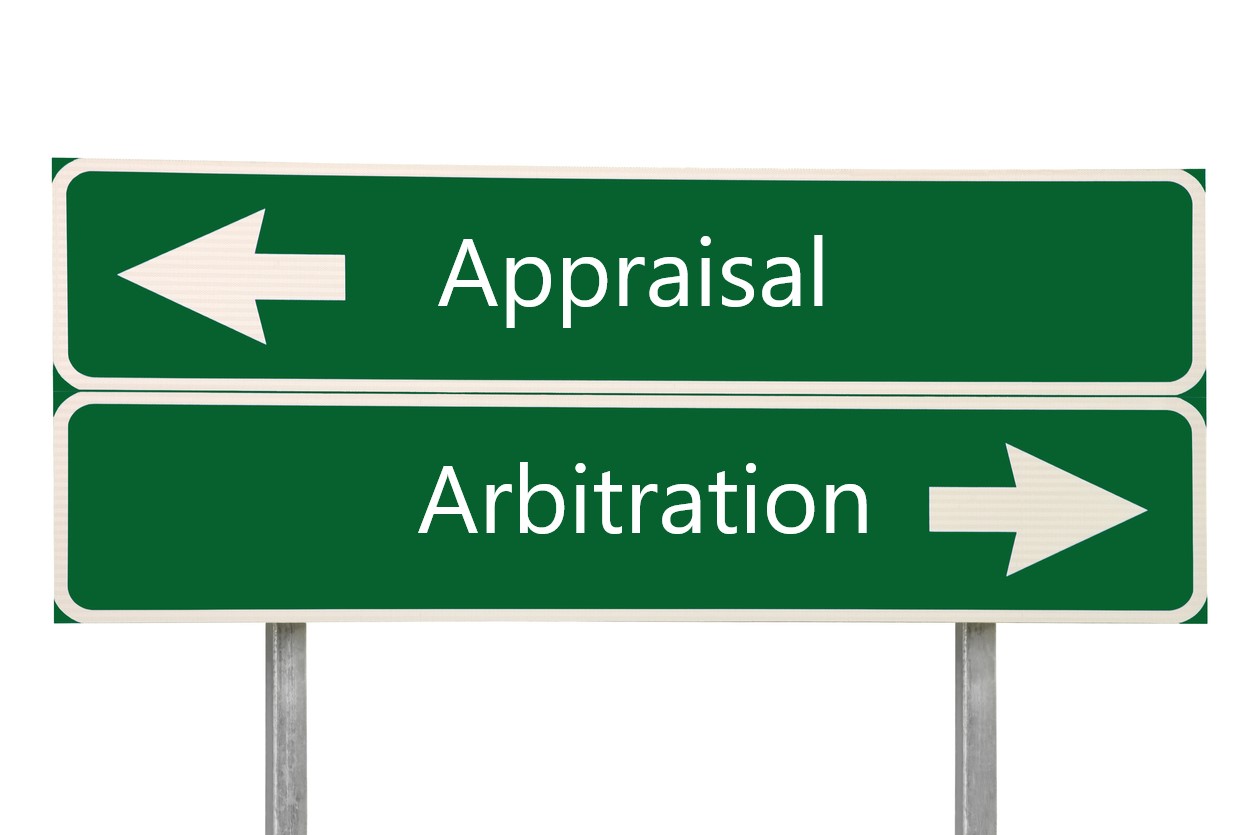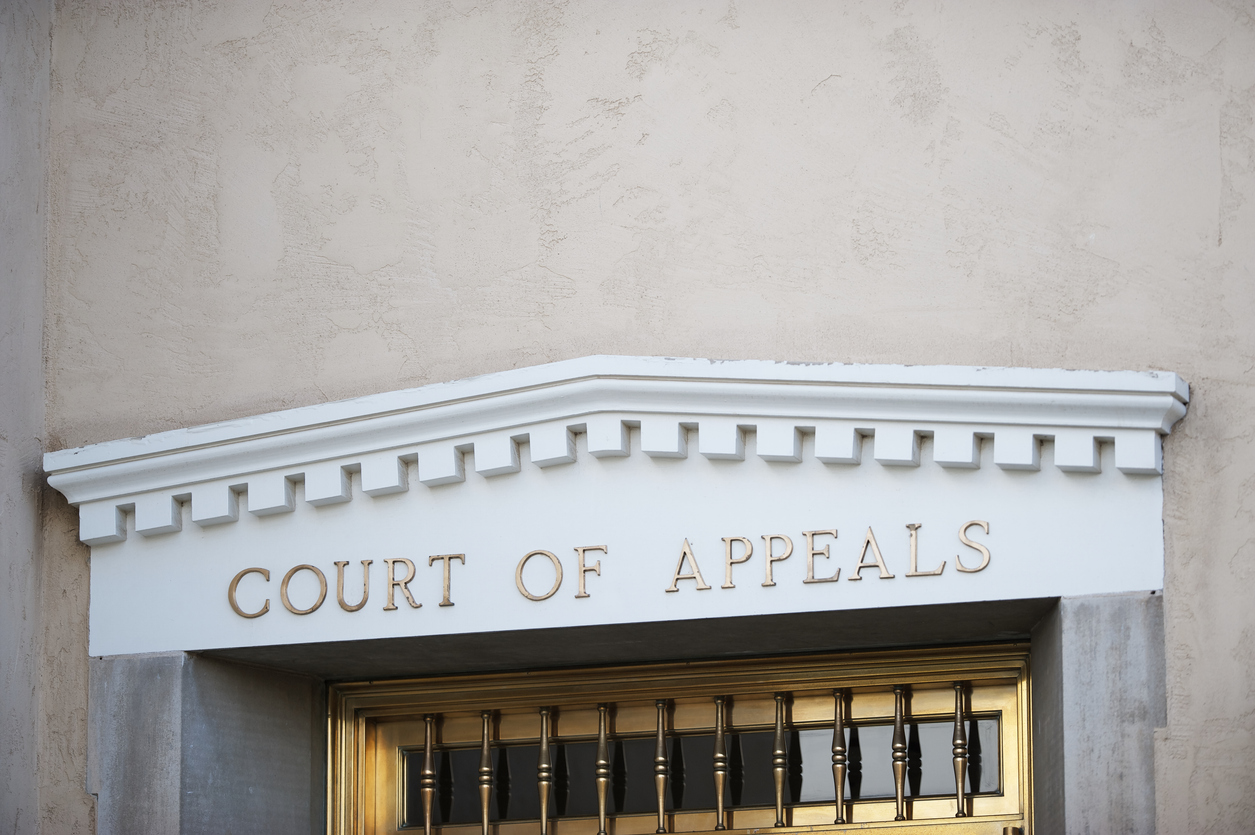I’ve said it before, and I will say it again. My favorite policy exclusions carriers cite to deny property damage claims are wear, tear, and deterioration, improper workmanship, and construction defect. Do you know whether your state is a concurrent causation state? This could mean the difference between coverage and no coverage for a loss.
North Carolina is a concurrent causation state. A loss will generally be covered if the damage results from more than one cause of loss even if one of the causes is specifically excluded under the policy.1 If there is more than one cause of loss – one covered and one not covered – both may be covered.
In North Carolina, a covered loss must be: (1) fortuitous; (2) result from at least one extraneous cause; (3) no deliberate conduct of the insured; and (4) lawful.2
The loss must result from at least one extraneous cause of loss, which means the policy will generally cover a loss resulting from at least one non-excluded cause. Insurers are not responsible for property damage that results solely from an inherent vice, defect, or wear and tear because property insurance policies cover risks and not certainties.
If a building is damaged by high velocity winds, but there is evidence that wear, tear, and deterioration contributed to the loss then the loss may still be covered. If the sole cause of loss is wear, tear, and deterioration then the loss would not be covered.
In Wood v. Michigan Millers Mutual Fire Insurance Company, the insurance policy covered direct loss by windstorm, hail, explosion, riot—but expressly excluded loss caused directly or indirectly by (a) frost or cold weather, or (b) snow storm, tidal wave, high water, overflow or ice, whether driven by wind or not.3
The insurance company argued the building collapsed as a result of torrential rains which saturated the earth and weakened the building’s foundation. The insured argued the building collapsed as a result of high winds of hurricane velocity, and the heavy rains occurred after the loss happened. The jury found in favor of the policyholder and the insurer appealed. The Wood court held there was no assignment of error in the trial court’s instructions to the jury on concurrent causation.
The Wood court explained:
If [the insured’s] loss was caused by the windstorm, the fact that the rains may have created a condition which would permit the destruction by the windstorm would not relieve [the insurer] from liability. The policy does not exclude from its terms, rains, no matter how heavy.4
The court also determined, “It is immaterial that the damage following from the efficient and proximate cause may have been indirectly and incidentally enhanced by another cause expressly excluded from coverage.”5 Thus, coverage exists for property losses if a non-excluded cause of loss is either the sole or concurrent cause of the damage. The policy only excludes coverage for losses where the excluded cause is the sole cause of property damage or where the policy includes anti-concurrent causation language.
Merlin Law Group has North Carolina licensed attorneys ready to answer North Carolina policyholder questions regarding multiple causes of loss and the effect on a coverage determination.
_______________________
1 Avis v. Hartford Fire Ins. Co., 195 S.E.2d 545, 549 (N.C. 1973).
2 Id. at 548-49.
3 Wood v. Michigan Millers Mut. Fire Ins. Co., 96 S.E.2d 28, 29 (N.C. 1957).
4 Wood, 96 S.E.2d at 30.
5 Id.



